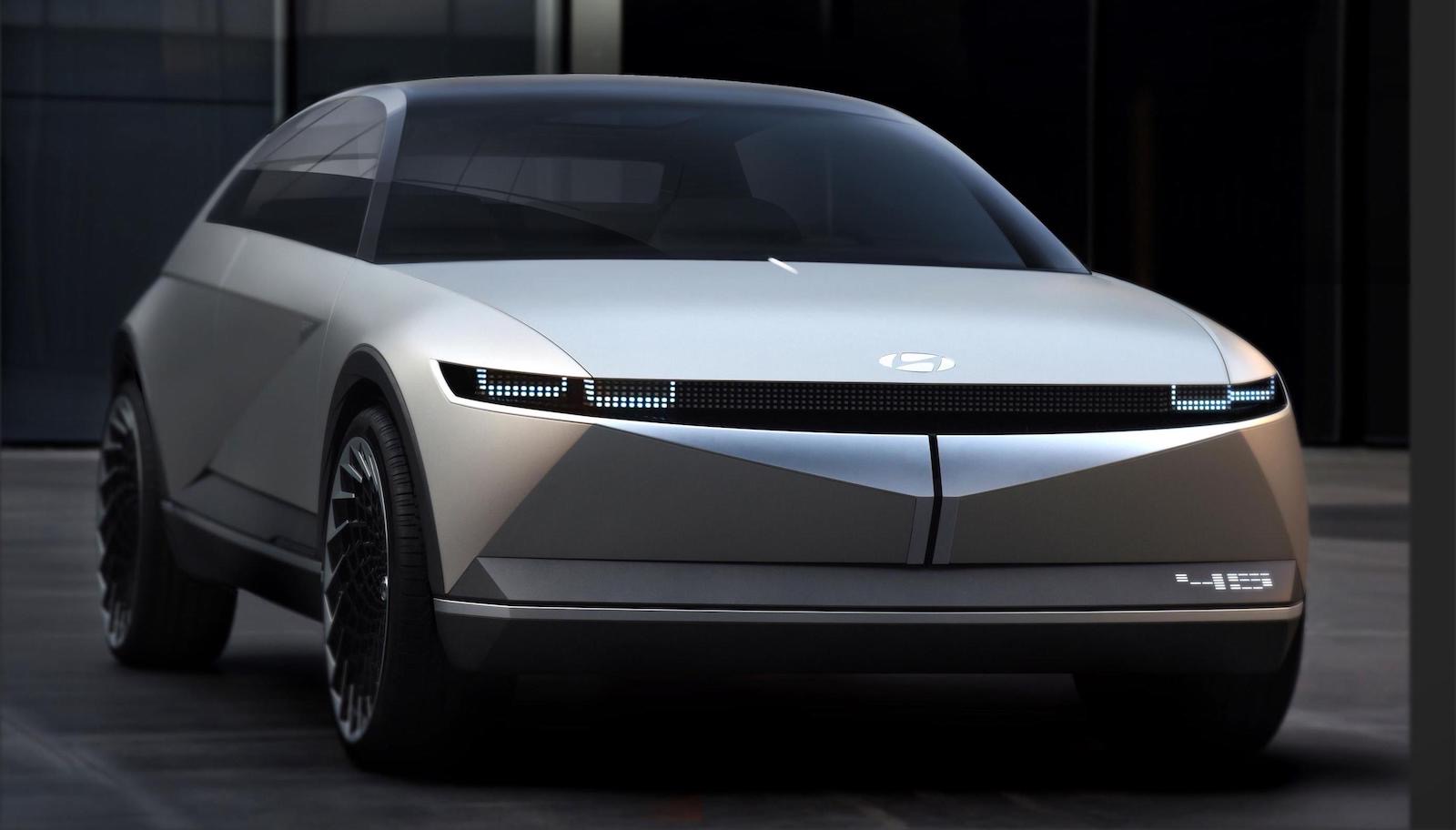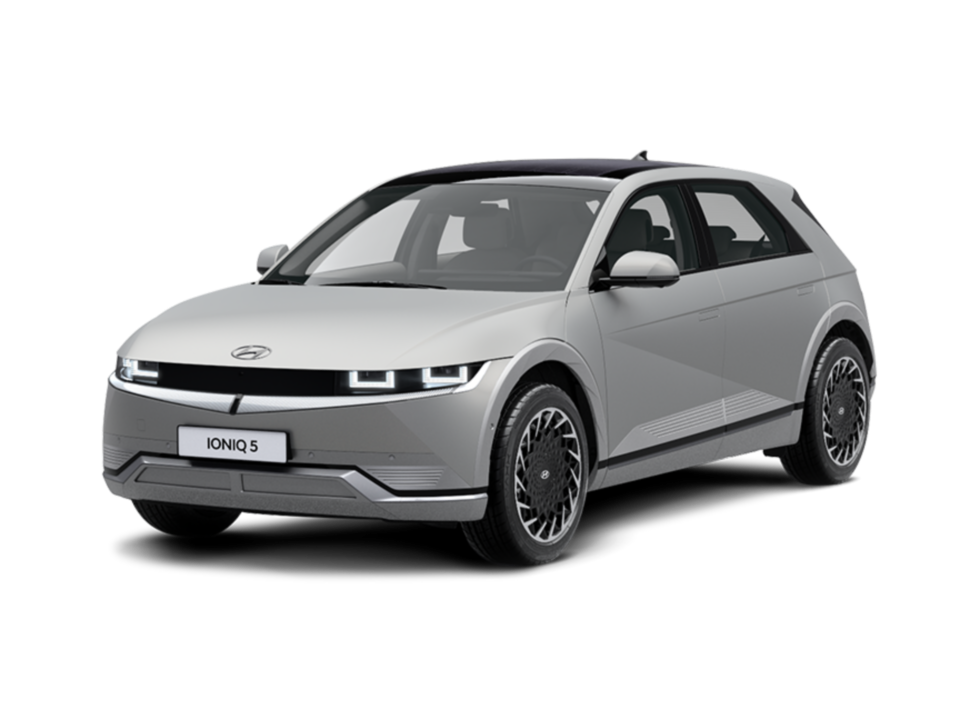The Ioniq 5 rides on the Electric-Global Modular Platform (E-GMP) that will underpin forthcoming electric vehicles from both Hyundai and Kia. In the Ioniq 5, this platform gives the EV 77.4 kWh of. The most potent version of the Ioniq 5 (all-wheel drive with the bigger battery) has 302 horsepower and 446 pound-feet of torque, allowing for 0-62 mph in 5.2 seconds, according to Hyundai. The inside of the Kia EV6 is also designed differently from that of the IONIQ 5. The steering wheel of the Kia seems to come straight from the ’90s. As in the IONIQ 5, there is a large curved screen behind the steering wheel that extends to the center of the dashboard. Kia has unveiled today the Kia EV6, an electric crossover based on the Hyundai E-GMP platform, and the specs are basically the same as the recently unveiled Ioniq 5, but in a different package. The Hyundai Ioniq 5 and Kia EV6 are the South Korean automaker's first-ever dedicated BEVs with both utilizing the new Electric-Global Modular Platform (E-GMP). Consider the pair corporate cousins.


Kia Ioniq 5 Door

Kia Ioniq 5 Review
That’s not to say that both Hyundai’s Ioniq 5 and the Kia EV6 are any kind of slackers. Quite the contrary, the duo is actually working hard to bring high-end multi-charging (400/800V) capabilities into the affordable, mass-market EV bracket.
For example, the Hyundai Ioniq 5 is capable of sipping juice at up to 350 kW and complete a 10% to 80% recharge in just 18 minutes. The Kia EV6 naturally has the same credentials and is even capable of sharing its energy thanks to a neat V2L (vehicle-to-load) feature that makes it a 3.6-kW mobile power generator.
The latter feature isn’t showcased in Hyundai Motor Group’s promotional videos for the new ultra-fast E-pit charging station network (both are embedded below), but we do get a glimpse of both zero-emissions vehicles sharing the parking station. As far as we can tell, this is probably the first instance these two get seen together, actually.
The videos also feature some data that will make charging mechanics aficionados' day, as at one time, we see a 55% SoC (state of charge) and a 218-219 kW intake, which is a great figure even though it’s nowhere near the maximum advertised rate of 350 kW. As always, that’s probably achieved only in perfect conditions, just like automaker-rated fuel consumption.
All in all, both the Ioniq 5 and the EV6 are shaping up as great upcoming EVs, and it will be interesting to see their regular 400V capabilities as well as the pricing information across different regions.
